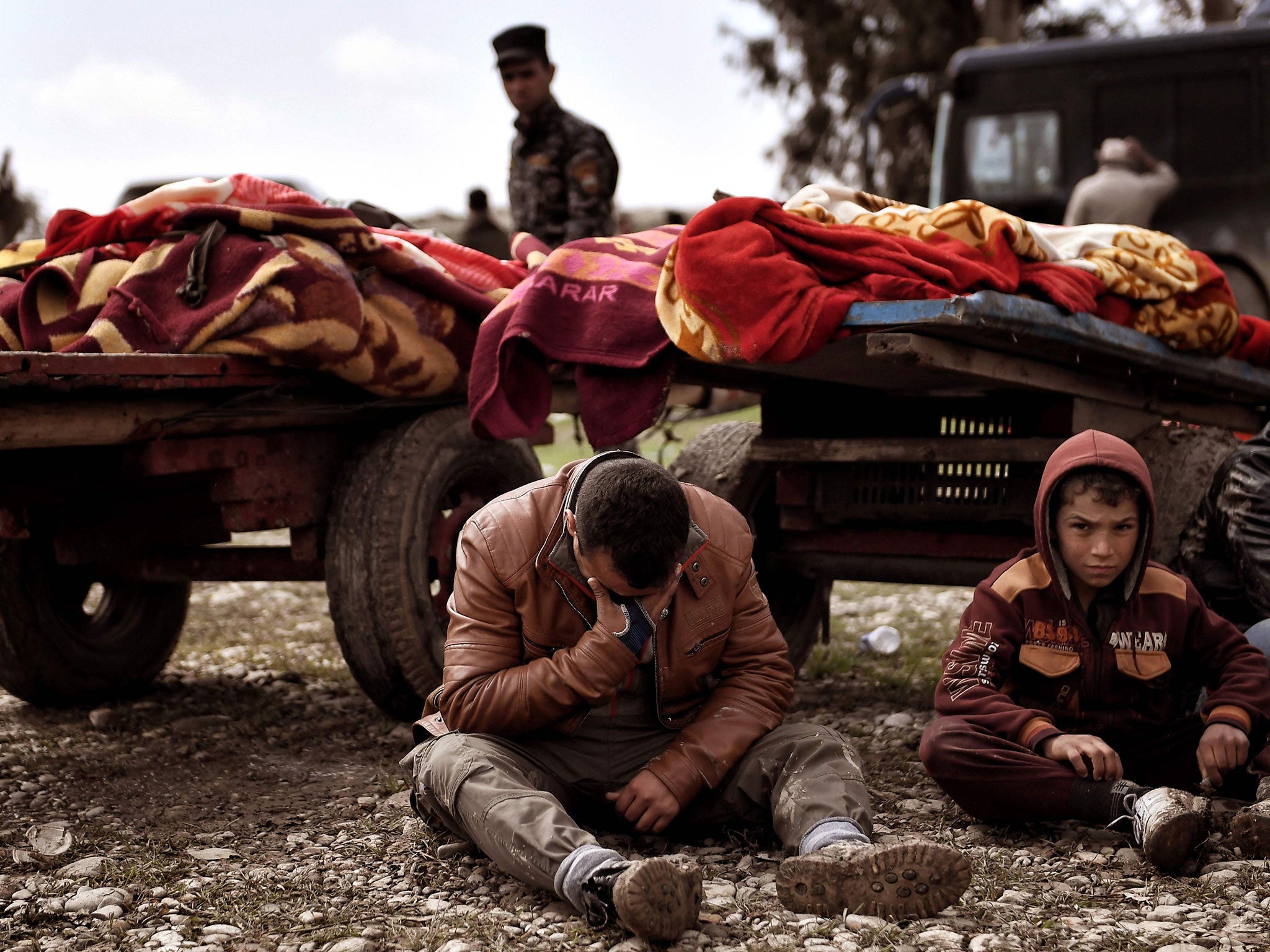US air strike in Mosul killed at least 105 civilians, Pentagon confirms
The strike is one of the largest incidents of civilian deaths since the US air campaign against Isis began in 2014

A Pentagon investigation has found more than 100 civilians were killed in a US bombing in Mosul, Iraq, in March, making it one of the largest incidents of civilian death since the US air campaign against Isis began in 2014.
The military reports 101 civilians in the building were killed, and another four died in a nearby building. Thirty-six civilians remain unaccounted for.
The deaths represent about a quarter of all civilian deaths since the US air campaign began.
“Our condolences go out to all those that were affected,” said Maj Gen Joe Martin, commanding general of the Combined Joint Forces Land Component Command – Operation Inherent Resolve (CJFLCC-OIR).
“The coalition takes every feasible measure to protect civilians from harm,” he added. “The best way to protect civilians is to defeat Isis."
The CJFLCC-OIR’s investigation was triggered by international outcry over reports of large-scale civilian deaths following the 17 March bombing.
Critics claim the US has been too aggressive in bombing congested areas like Mosul. The major Iraqi city – and last Isis city stronghold – has a population of more than 660,000.
The incident generated backlash strong enough to halt the Iraqi government forces' six-month advance into Mosul.
“It’s a time for weighing new offensive plans and tactics. No combat operations are to go on," a federal police spokesman said at the time. A new plan for defeating Isis, commissioned by President Donald Trump in January, has not been detailed to the public.
The newly released Pentagon report, however, casts blame for the casualties on Isis.
According to the report, the US bomb was intended to destroy only the top floor of the building. But the bomb triggered secondary explosions from devices planted in the building by Isis fighters, causing the concrete building to collapse.
The military cites an analysis of the building’s debris, which found materials common to Isis-made bombs, but not found in the GBU-38.
Air Force Brig Gen Matthew Isler says American-led forces dropped the bomb under request from Iraqi Counter-terrorism Services. The counter-terrorism forces were reportedly facing gunfire from two Isis snipers.
Coalition aircraft responded to the calls for assistance with a 500-pound, GBU-38 precision-guided bomb.
“The weapon appropriately balanced the military necessity of neutralising the snipers with the potential for collateral damage,” Brig Gen Isler said.
The US has increasingly turned to air strikes to access snipers in the densely populated area. According to the Airwars.org, US-led air strikes in Iraq and Syria have killed a record number of civilians under Mr Trump.
The site, which tracks civilian casualties from air strikes in the Middle East, claims the CJFLCC-OIR has carried out 12,755 air strikes in Iraq to date.
International humanitarian law bars combatants from imperilling civilian lives through “indiscriminate use of firepower,” according to Lise Grande, the UN humanitarian coordinator for Iraq.
A spokesperson for the US-led Operation Inherent Resolve defended the US’s tactics in March.
“Our goal has always been for zero civilian casualties, but the coalition will not abandon our commitment to our Iraqi partners because of Isis’s inhuman tactics terrorising civilians, using human shields, and fighting from protected sites such as schools, hospitals, religious sites and civilian neighbourhoods," he said.
Join our commenting forum
Join thought-provoking conversations, follow other Independent readers and see their replies
Comments